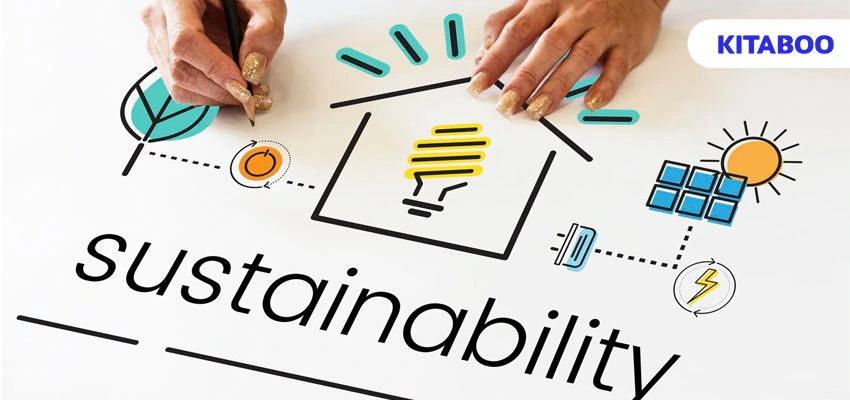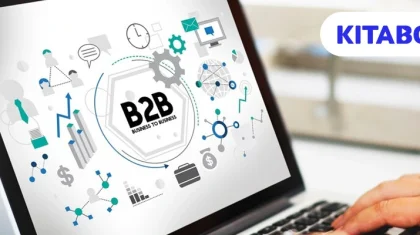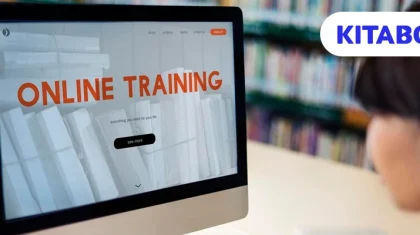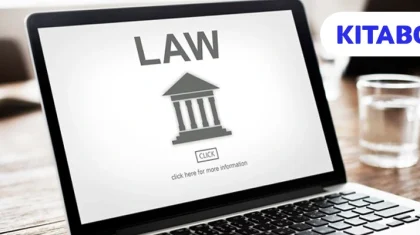
Sustainability in EdTech: Balancing Innovation With Environmental Responsibility
Since the year 2020, EdTech usage in K12 institutions around the globe has increased by a whopping 99%.
As children become more digitally savvy, a traditional classroom environment – with boards and benches – is proving to be unfit to accommodate their learning needs. However, with the involvement of technology, educators are not only able to address these evolving learning needs of their students, but its impact on overall teaching efficiency and effectiveness is also augmenting remarkably.
Now, to keep the graph up, it becomes crucial on the part of educators to maintain innovation and introduce smarter technology in teaching. But ingenuity often comes at the cost of environmental deterioration – a persistent issue limiting revolutionary inventions in the EdTech industry.
So, in this blog, let’s discuss sustainability in EdTech and understand how you can engage in educational product development while ensuring the former.
Table of Contents:
I. Sustainability in EdTech – Why is it Important?
- Directly Impacts the Environment
- Affects Resource Conservation
- Influences Product Viability
- Ethical Considerations
- Influences the Cost
II. 5 Ways to Ensure Sustainable Educational Product Development
III. Wrapping Up
Sustainability in EdTech - Why is it Important?
According to a survey, about 78% of consumers feel sustainability is important. To them, whether it’s EdTech or some other sector – a development is only reasonable if it’s not accomplished at the cost of Mother Earth.
But why is it so?
What makes green innovation so important?
Here’s your answer:
Directly Impacts the Environment
Socially, EdTech innovations are capable of improving the quality of education. But every innovation entails an environmental impact, too. If you are not actively conscious of the creation process, it may have a seriously negative impact on the atmosphere. This is why it’s important to practice sustainability. By making eco-friendly choices, it’s possible to avoid such massive environmental damage.
Affects Resource Conservation
Behind every EdTech invention is a concoction of valuable natural resources like energy, water, raw materials, and more. However, these natural assets are limited in nature. You can’t reproduce them, and once exhausted, it takes thousands of years to replenish them. So, being considerate is the only way to ensure their prudent use and that they are available in ample time for our future generations too.
Impacts Product Viability
Generally, sustainable EdTech products last longer than others. As they involve the usage of advanced technology, these commodities have fewer environmental implications. Their lifespan is also elevated as compared to a non-sustainable educational product. So, if quality is an important driving factor for your educational product development, use a digital textbook platform like KITABOO to create high-quality, sustainable EdTech products such as eBooks and digital textbooks.
Ethical Considerations
In the US, about 69% of consumers are ready to pay extra for sustainable products. Even the EdTech sector is not an exception in this case. Both educators and learners are showing an increased inclination towards products that align with their ethical values and impose minimal negative implications on the environment. That, again, proves why choosing sustainable educational product development is important.
Influences the Cost
Sustainable EdTech products may be a little more expensive than regular ones. But in the long run, they save more money for the educational institution. As it so happens, eco-friendly EdTech products are energy-efficient. In fact, free, open-source software also comes under the purview of sustainable EdTech products. So besides aiding operational efficacy, these tools also abate costs like electricity bills, licensing costs, etc.
5 Ways to Ensure Sustainable Educational Product Development
Ensuring sustainability while developing or enhancing educational products may sound like rocket science, but it isn’t. Here are 5 ways you can practice that, too.
Conduct LCA
LCA or Life Cycle Assessment refers to the process of vetting a product’s environmental impact throughout its life span. By conducting an LCA of your EdTech product, you will gain insights into its implications on your surroundings and whether or not it’s optimally sustainable. Moreover, this assessment will also give you a detailed review of areas for improvement so as to foster maximum sustainability.
Optimize Energy Usage
Energy efficiency is a top-tier requirement for any tech-infused commodity. This ensures the product doesn’t only incur less expenses but also makes the most judicious use of energy. So, if you’re aiming to promote sustainability in EdTech through your educational products, strive to base those on the foundations of energy-saving features and applications.
Minimize Wastage
Energy is just one facet of the production process. When it comes to educational product development, it’s just as essential to be prudent with other natural resources. So, minimize wastage of resources as much as and wherever possible. This implies using minimal packaging, avoiding the usage of environmentally hazardous elements like plastic in production, and so on.
Encourage Reusability
If you’re wondering how it is possible to develop reusable EdTech products, open-source software is an incredible example of that. These kinds of tech commodities encourage collaboration, thus minimizing duplication and resource wastage. So, when starting your educational product development, make sure you use a smart digital textbook platform like KITABOO and focus on the aspects of reusability and shareability.
Foster Accessibility
Accessibility is indirectly related to sustainability. When an EdTech product has limited accessibility features, educators are compelled to supplement additional resources to accommodate disabled students. This has several implications for the environment – extra energy usage, loss of resources, and much more. Thus, it’s important to add the element of accessibility to every EdTech product to make it truly sustainable.
Wrapping Up
Innovation alone can never promise a brighter future. For tomorrow to be safe and prosperous, it’s important that we inculcate sustainability in our actions and preferences, especially when inventing new products or services; being ethical and responsible is essential to ensure a better future.
So, if you’re a K12 educator engaged in educational product development, opt for planet-friendly choices and establish sustainability in EdTech.
You can certainly take advantage of the benefits of a highly regarded digital textbook platform like KITABOO in this way. It makes it feasible for educators to produce interactive, multimedia-rich K–12 educational materials in the most environmentally friendly way possible, such as eBooks and digital textbooks.
Write to us at contact@kitaboo.com today to learn more.
Discover how a mobile-first training platform can help your organization.
Kitaboo is a cloud-based platform to create, deliver & track mobile-first interactive training content.


